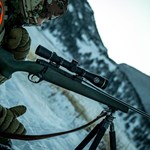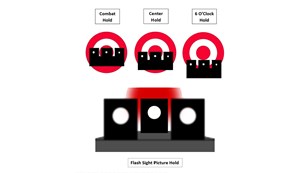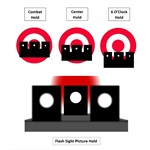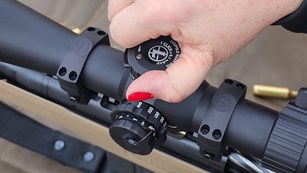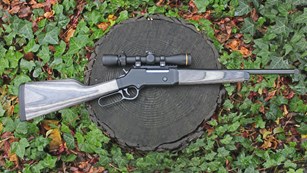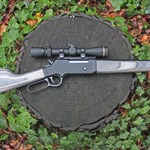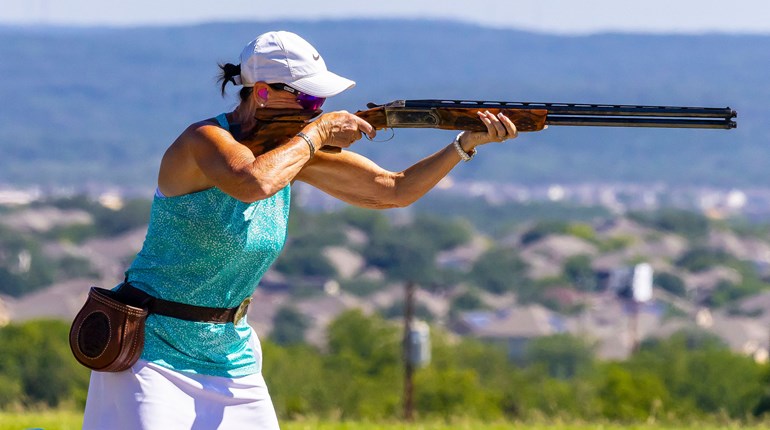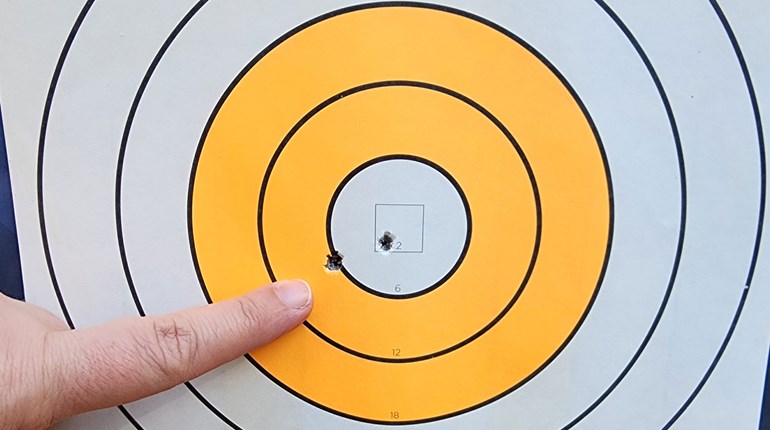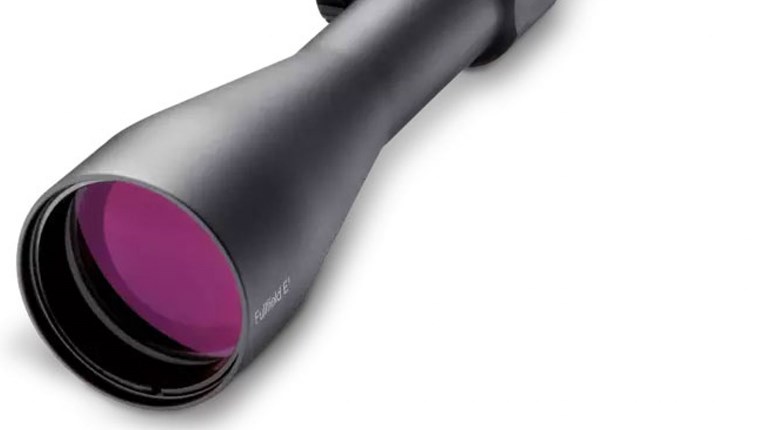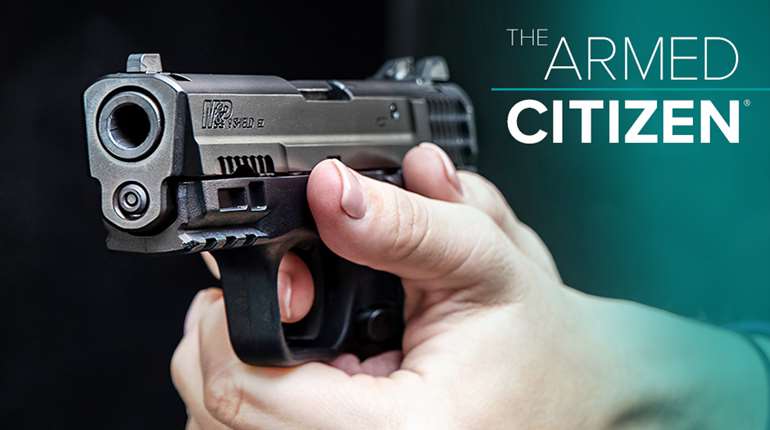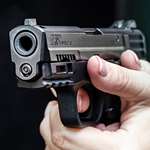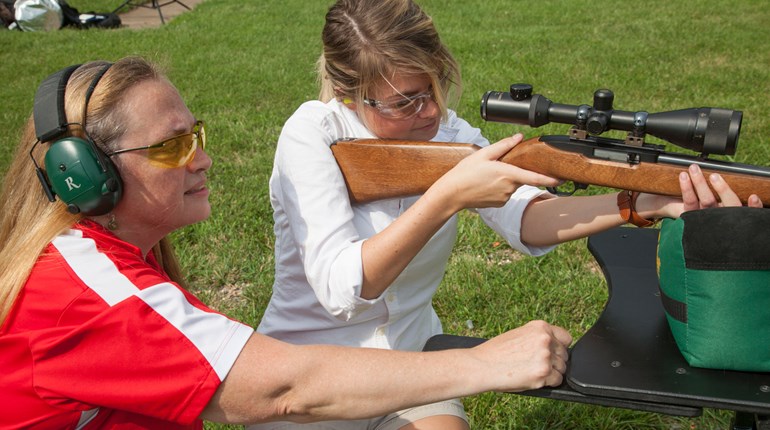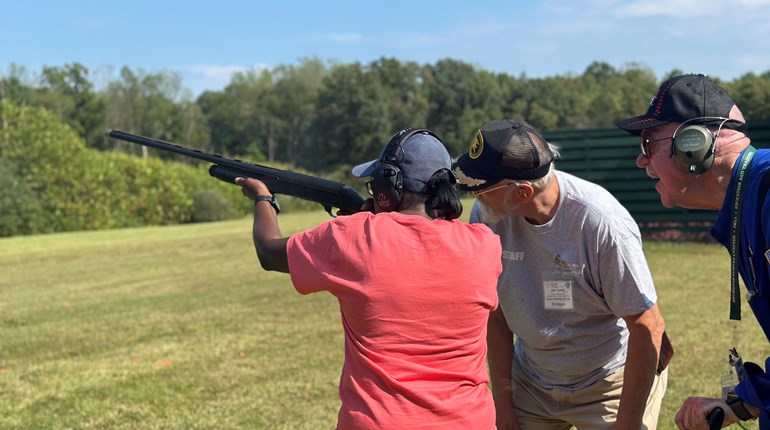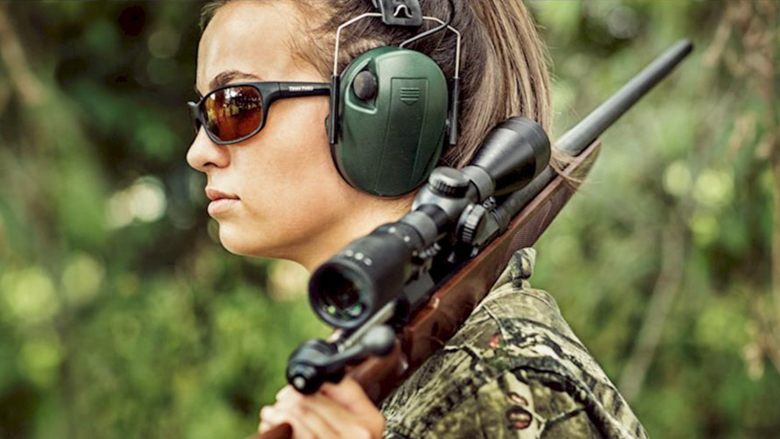
If you use a tactical shotgun at the range or as your home defense firearm, you’ve probably already figured out that yes, you do actually have to aim the thing. Unlike in wingshooting, where the shotgun is pointed ahead of the target and always in motion, in tactical shooting, the shotgun acts more like a rifle—it must be held steady and aimed directly at the target. This is true even with buckshot and bird shot, as self-defense distances are typically so close that these loads will shoot tight patterns. There’s not a lot of room for error, and aiming matters. The shotgun as a spray-and-pray firearm is a bit of a myth.
The standard white bead front sight many wingshooting shotguns come with is fine for aiming, but fiber-optic sights or ghost rings are better. Even better than that are red-dot sights, which have become so popular in recent years that many tactical shotguns come optics-ready or can even be purchased in a combo package that includes a pre-mounted red-dot sight.

Why Consider a Red-Dot?
Red-dot sights make aiming fast and easy, and they work in any lighting condition. They take the guess work out of aiming a shotgun, and they make it very simple and obvious to superimpose the sight over the target or threat. Of course, they work in the dark, when your white front bead probably won’t be visible. And, a red-dot sight offers you some forgiveness if you don’t get the gun mounted exactly right. As long as you can see the red dot on your target, the gun will hit where the dot is. This is not the case with a front bead—if you mount the gun incorrectly, your eye and the bead won’t line up properly, and the gun won’t hit exactly where you’re expecting it to.
So, what do you need to consider if you want to add a red-dot sight to your tactical shotgun?
Footprint
Not every gun can accommodate a red-dot sight, or at least not easily, so keep that in mind. You can mount a red-dot on a Picatinny rail or directly to the receiver if the gun is set up to accommodate an optic. Red-dot sights come in a variety of “footprints,” the term for the mounting platform/pattern used to affix the sight to a gun. There are at least half a dozen footprints in use, and if your gun has a specific footprint, you’ll want to buy a sight that uses the same footprint, or you’ll have to add an adapter plate. RMR, Docter/Noblex, Aimpoint Micro and RMS/c are among the most popular footprints, but some brands have propriety footprints or use a footprint that’s less common.

On/Off Features
The last thing you need in a defensive situation is to have to remember to turn your optic on and then wait several seconds for it to power up, so you want a red-dot sight that automatically turns on when the gun is moved and turns itself off after a period of inactivity. This saves battery power and helps ensure the dot will be on by the time you grab a gun and mount it. Most of today’s popular red-dots offer this feature, so I recommend you don’t waste time looking at any that don’t.
Battery Life
Batty life varies widely, with some brands of red-dots needing a battery change every few months and others lasting years. Of course, this will vary widely depending on how often the dot is used—on my concealed-carry handgun, it stays on a lot because I’m always in motion, while on my self-defense shotgun, the dot is rarely illuminated because the gun sits untouched for long periods. Check the sight’s manual for an estimate, and then change the batteries regularly on a conservative schedule to make sure the dot is always ready when you need it. That might require a battery change every six months, once a year or once every three years. I set a phone reminder so I don’t forget to do this.
Brightness
The sight you choose will almost certainly have adjustable brightness, and this matters. On more than one occasion at the range (and at least once in a turkey blind) I’ve heard someone panic that their dot wasn’t working, only to find that it was on but very faint. The shooter just needed to crank up the brightness and all was well.
Conversely, too much brightness is also a problem. It can blow out the dot until it’s more of a fuzzy star or circle (which covers up a bit more of your target), and if you’re using the sight in a relatively dark space, as you might in a home defense situation, the brightness level that was just right in broad daylight at the range might practically burn out your retina in darkness. It’s a good idea to set your sight at a middle-of-the-road brightness level and look through it in a dark room to determine the ideal inside-at-night setting.
Backup Sights
Today’s red-dots are quite reliable, but any mechanical device can fail or break, and if your red dot won’t appear when you expect it to, you will want a backup sighting system. Leaving a front bead or other front aiming device on your gun is a good idea, as you can co-witness the red-dot sight with the iron sights and still use the irons if the red-dot fails—just look right through the glass on the red-dot sight as if it wasn’t there and use the irons as you normally would. You will need to have the gun mounted correctly to do this properly, but hopefully you’ve put in the range time to smooth out your gun mount and build the muscle memory required to mount it in the same place every time.

